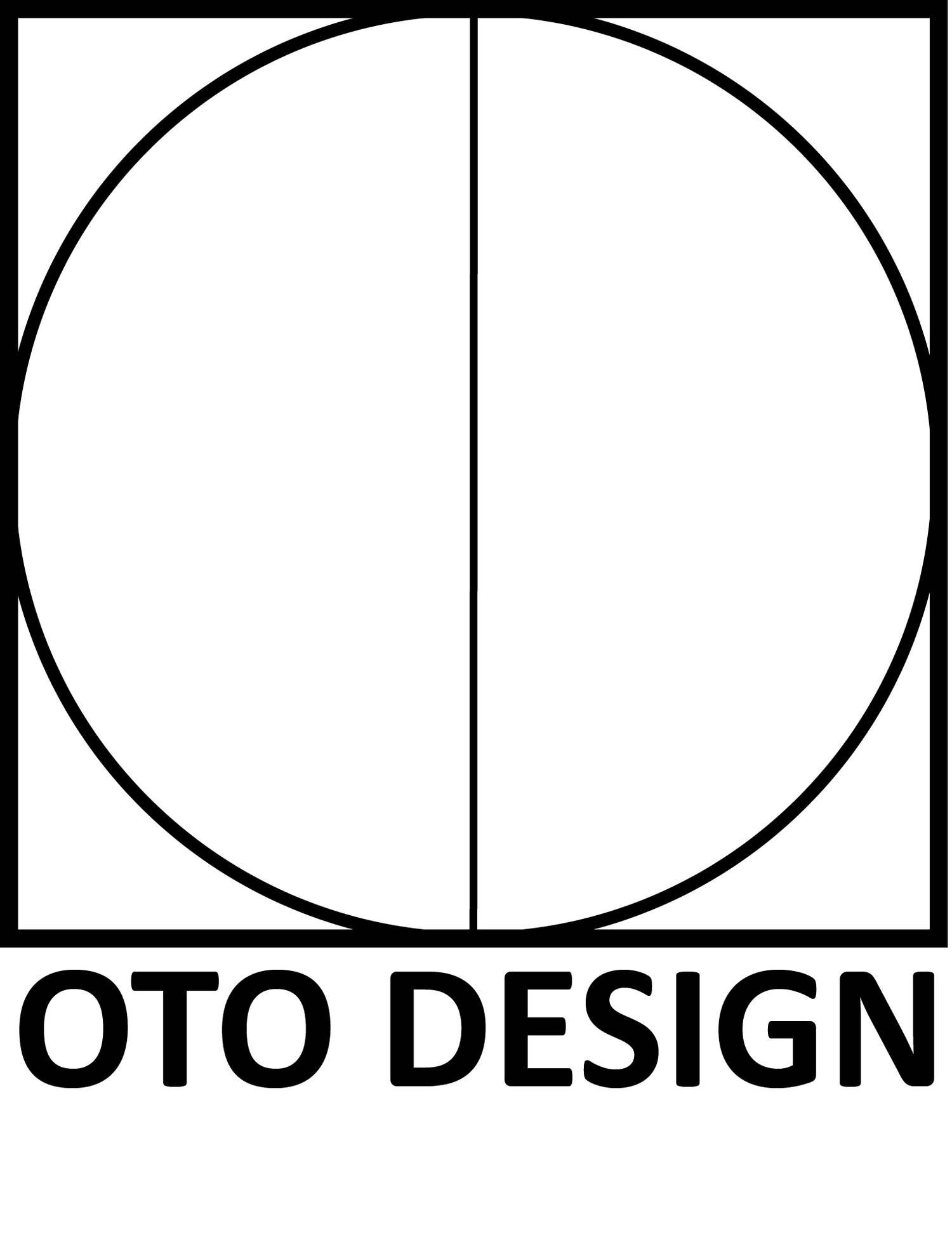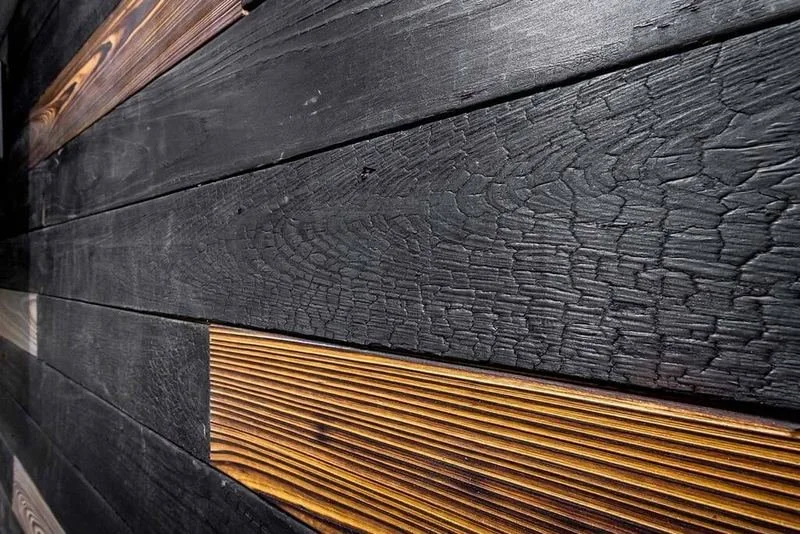Shou Sugi Ban
Shou Sugi Ban, also referred to as Yakisugi in Japan, translates to "burned cedar." It is a clever wood-burning technique that originated in the 18th century in Japan. This method imparts a captivating charred appearance to wood, accentuating its natural grain, providing textural intrigue, and exhibiting variations in appearance based on the intensity of the fire and the wood type used. (Japanese Cypress is typically favored by traditionalists, although other wood varieties can yield varying results.) Although it may seem counterintuitive, charring wood doesn't weaken its structural integrity; rather, it has a fortifying effect. Controlled charring of the wood's surface actually strengthens and safeguards it against future damage, making it an excellent preservation technique.
The use of Shou Sugi Ban in traditional Japanese architecture predates the use of chemical treatments for wood siding protection. The process involves a series of steps, starting with the careful selection of pristine wood that is cut into planks, sun-dried or air-dried, surface-burned to create a thin layer of char, and finally brushed and sealed with oil. This process can be carried out manually by skilled craftsmen, DIY enthusiasts, or through automated machinery.
This age-old technique introduces a modern and contemporary element to architectural design. The distinctively rich, charcoal-black appearance of the wood adds a subtle yet powerful dimension, instantly infusing drama and interest into even the most minimalist architectural structures and applications.
Low Maintenance: This material demands minimal to no upkeep.
Natural Aging or Periodic Re-Oiling: Wood can be allowed to naturally develop a patina over time, or it can be re-oiled periodically to maintain its original color.
Weatherproofing and Waterproofing: Offers effective protection against the elements, making it highly weatherproof and waterproof.
Mold and Rot Prevention: Acts as a barrier against mold and wood rot, significantly enhancing durability and lifespan.
Insect Resistance: Shields against termite and other insect infestations, ensuring long-term structural integrity.
Fire Retardant: Possesses fire-retarding properties, enhancing safety.
Enhanced Wood Stability: Increases the stability of wood planks, making them more resilient.
Chemical-Free: Doesn't necessitate the use of chemicals, which can be harmful to the environment.
Sustainability: Promotes sustainability through the use of natural materials, although the process of burning wood and creating ash does have environmental implications.
Textural Surface: This creates a textured surface that adds visual interest, even to the most minimalist or modest architectural designs.
The benefits of Shou Sugi Ban Cedar are numerous. Its natural resistance to fire and decay makes it a robust choice for exteriors. It also boasts impressive insulation properties, enhancing energy efficiency. Moreover, its distinct appearance and eco-friendly profile make it a favorite among environmentally-conscious homeowners and designers alike.
Shou Sugi Ban Cedar offers a sustainable, historically-rooted, low-maintenance, and aesthetically appealing solution for modern construction, making it an excellent choice for those seeking both form and function in their architectural projects.








